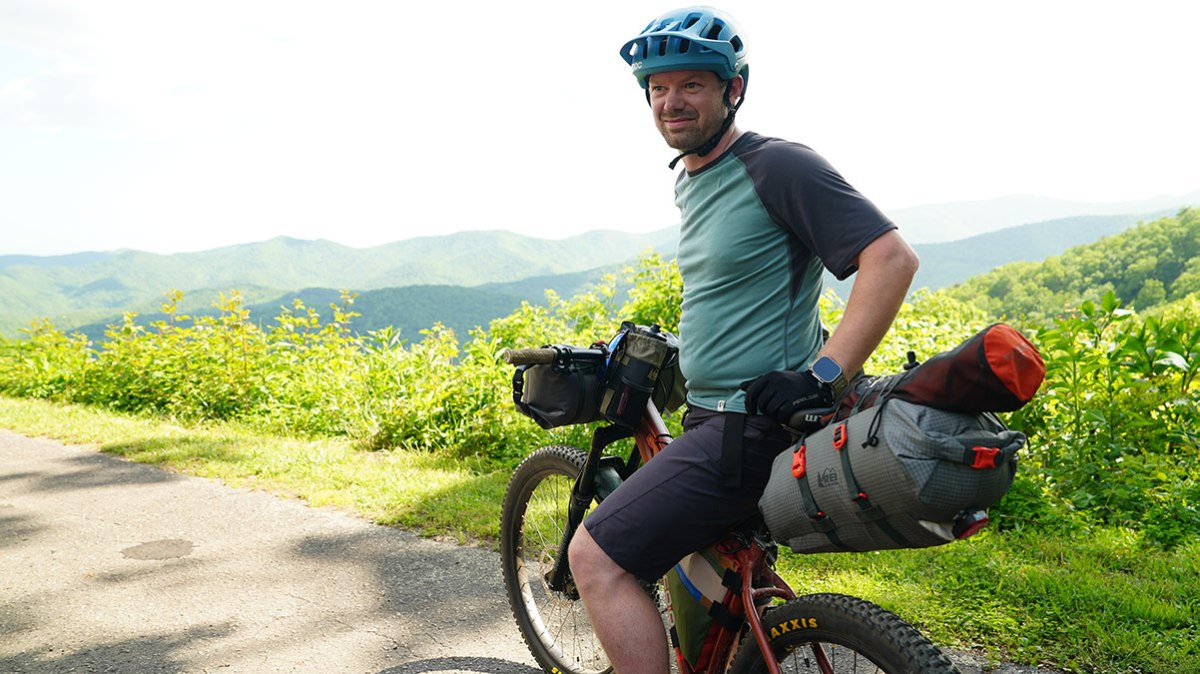Start Small, Dream Big with Your E-Bike Adventure!、
Adventure doesn’t always mean scaling mountains or trekking across continents. Sometimes, it’s about the thrill of exploring your neighborhood, your city, or even your state. And there’s no better companion for this adventurous journey than your E-Bike.
As the sun paints a golden canvas in the sky, you strap on your helmet, hop onto your e-bike, and voilà! You’re ready to embrace the charm and mystery lying just around the bend. What makes e-bikes an adventurer’s best companion? Let’s start small and delve into the fantastic world of e-bike bikepacking!
Rolling Around Electricity: The Power of E-Bikes!
E-Bikes aren’t just about cruising on the road. They are about the seamless integration of human strength with electric power. This dynamic duo allows you to explore further and ride longer without worrying about exhaustion. With an E-Bike, you get to keep the fun of pedaling while getting a helpful boost when needed. Isn’t that electrifying?
Mileage Matters: Get More Bang for Your Buck!
One of the many perks of e-bikes is their impressive mileage. Whether you’re on a quick errand run, a leisurely ride in the park, or a week-long bikepacking adventure, e-bikes give you the freedom to go the distance without breaking a sweat. Discover how to optimize your E-Bike’s mileage for longer rides here.
8 Tips for a Successful E-Bike Bikepacking Trip
1. Start small
You don’t have to go on an epic journey to the middle of nowhere to have an adventure. In fact, you might not even need to worry about charging your bike if you keep your route to a single night with low mileage. Riding 15 miles into the woods at a casual pace, camping and then riding home the next day is a great introduction to e-bikepacking. Learn more in our series “Intro to Bikepacking.”
2. Plan your campsites around electricity
If you’re hoping to cover long miles over several days, you’ll need to charge your bike along the way. Charging at a restaurant while you eat is possible (make sure you ask first), but you won’t be able to get much juice in the time it takes to eat lunch. Instead, plan on camping where you can plug it in overnight, or at least for a few hours before going to sleep. Most developed campsites will have plugs in the bathrooms that you can use. Some even have sites for RVs with their own dedicated outlets. In a pinch, you can always ask camp hosts for their charging recommendations.
3. Make room for electrical equipment
You still carry all your camping gear on your e-bike when you bikepack, so you need a variety of bags designed to distribute the load throughout your bike. The only difference is that e-bikes typically have a large battery that takes up a significant portion of the frame’s center triangle, making it difficult to use large bags in that space. I used a smaller top-tube bag, which held my tools, some snacks and the charging cord for the bike while leaving plenty of room for the battery itself below the bag. For more advice, read our article on “How to Pack for Bikepacking.”
4. Heavy loads mean less mileage
The more gear you carry, the less mileage you’ll get out of that battery. The same is true for hills: If you’re climbing several thousand feet while carrying 25 pounds of gear, you can expect to cut your mileage in half. Plan your route accordingly.
5. Conserve your battery
It’s tempting to use that pedal assist all the time and fly through the route at a record pace, but you’ll be better served by using pedal assist only when you really need it. Downhills and flat stretches are good places to kill the battery. Also, choosing a low gear with a high cadence on hills will help save the battery. For instance, though the Cannondale Adventure Neo Allroad offers five levels of assist, I always kept it in the lowest pedal-assist mode (1) because it uses the least amount of battery.
6. Mind cycling partners not on e-bikes
If you’re riding with cyclists who aren’t on e-bikes, as I was, keep their effort in mind. Wait for them politely if you zoom ahead up a hill ahead. Better yet, offer an assist by giving them a push on some of the steeper hills. They may not want help, but it’s always nice to ask.

7. Stay on legal routes
Ride your e-bike responsibly. Always check the land manager’s current rules on where your e-bike class can ride. Most national forests don’t allow e-bikes on established trails, so you need to stick to paved and gravel roads and leave the singletrack to the “acoustic” bikes. In the Pisgah National Forest, for example, we stuck to roads and trails designated for motorized use.
For ideas on where to ride, consider resources like PeopleForBikes’ Rides and Routes, and mapping apps like TrailForks.
8. Don’t let range anxiety dissuade you
The estimated range on your handlebar display can be fear-inducing. It’s a good idea to keep the projected daily mileage of your route within that range, but there are ways you can extend the mileage (see above). And there are probably plenty of fun routes that are well within the 20- to 40-mile range of most e-bike batteries.
Conclusion:
By making our best-selling sleeping bag fully recyclable, we are taking a significant step towards a more sustainable future. Through careful material selection, design for disassembly, elimination of mixed materials, clear recycling instructions, and collaboration with recycling partners, we aim to minimize waste, reduce environmental impact, and promote a circular economy. We are committed to continuously improving our products and processes to make a positive contribution to the well-being of our planet. Together, let’s embrace sustainability and make responsible choices for a greener tomorrow.
 Shuangye ebike
Shuangye ebike
